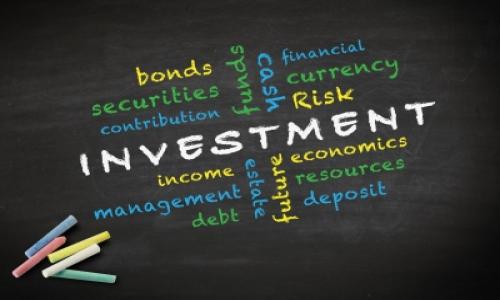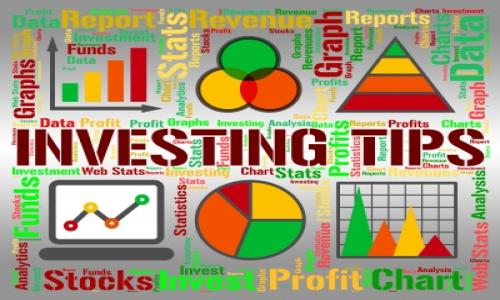The first question that generally comes to mind is why go to all this trouble to put together a bond portfolio? Why not invest in a bond fund? Good questions both, and a do-it-yourself bond portfolio is not necessarily better or worse than a bond fund. It has more to do with an individuals objectives, risk tolerance, etc.
Advantages of Bond Funds
- Monthly income
- Lower initial investment and very low subsequent investments
- You have a group of managers actively overseeing the fund working to capture as much income as possible with in the funds stated risk category
- Easier to liquidate all or select amounts
- Ability to reinvest dividends
Advantages of Laddered Bond Portfolios
- No ongoing expenses like one finds with mutual funds
- Have control over the specific issues you want to invest in
- Very little risk involved if you hold bonds to maturity and stick to high rated bonds backed by the full faith and credit of the issuer, IE the state of California.
- Can rest easy knowing that there is no fund manager involved that may inadvertently cause losses due to poor decisions.
Disadvantages of Laddered Bond Portfolios
There are some drawbacks to creating your own laddered portfolio. While some relish the idea of rolling up their sleeves and putting together their own 'bond fund', others will not have the desire or the gumption to do the necessary work. If you do not have the time or desire to put together your own portfolio simply call your financial advisor and go over in detail what it is you are trying to accomplish and let them do the work and get back to you with a proposal.
Putting Together a Laddered Bond Portfolio
For those of you who like to get down and dirty, the Internet is a wonderful place to do so. There are many on-line brokerages one can go to or you can simply do as I have done and go to a place like www.investinginbonds.com and follow these steps:
- There are two bars at top of the page under address bar. A dark green one and underneath a shaded light green one. Click on the tab, Bond Markets Prices.
- Next click on Municipal Market-at-a -Glance in the drop down menu.
- In the center of the page will be a green portion that has some fields with drop down menus. Click on the first tab that says choose a state. Choose the state you live in.
- In the next field you have the sort by field. In that drop down menu click on maturity. We do that because in the laddered portfolio maturity is big part of the strategy
- Here is where the work begins. You are now presented with hundreds of pages of California Tax free Municipal Bonds.
The following pages list every available California Muni Bond and all the necessary information. Name of the issue, maturity date, coupon, price, call dates, current yield, notes, such as taxable or tax free, and trading history.
Your job is to search through the issues to find the bonds to create your portfolio. Here is a sample portfolio. I would suggest you buy them in lots of 10 bonds which at par is ten thousand dollars a lot. There a couple things to note that I will point out. If your an experienced investor you will know this, but it is so important I will point it out anyhow. When you are looking through the different issues you will notice in, say a two year bond, a coupon of 6%. Now before you go wow, I have got to buy that, look over at the tab called price yield, or as they use to call it, current yield. The price yield is the actual yield you are getting when you factor in the price which could be 108, or one thousand eighty dollars per bond. You will only get the coupon rate if you purchase your bonds at par, or 100 (1,000.00). The coupon will tell you the payment you will receive and nothing more. The yield will change with the price fluctuations of the issue. If you go under the trades tab and the history you can see just how volatile these bonds can be. You will also notice how much the trader pays for an issue and how much a customer like yourself pays. Just like a stock, there is a spread in bonds as well.
A note on call features. A great majority of bonds issued come with one or more call features. For this feature (and risk) you are paid a little higher yield. The risk is that bond prices soar, yields tank, and the issuer of your bonds calls in the bond. The call price is usually at a premium, however you will not be able to reinvest in another bond issue at that rate. So how do you know an issuer will call the bonds? You cannot not know for sure as there are many determining factors.
There are a few other important things to note. The more risk you are willing to take, the greater you are rewarded. If you are willing to buy a BBB bond over a AAA bond that is insured your going to find, in most cases a nice difference in yield. The lower rated bond obviously has a greater risk of default and you need to sleep at night.
Are you willing to buy bonds that are not insured? Are you okay with a bond that is only rated by Fitch and not Moody's or Standard and Poors? If you do the research and find that the difference in price yield between insured bonds and uninsured BBB bonds is negligible then you may choose to stay with the insured issue. If the spread is a lot wider it may be worth putting a few BBB bonds in your portfolio. If you could only buy one bond issue I say buy the AAA bonds. If you have ten issues you can probably sleep fine at night with a couple uninsured bond issues. Only you know your risk tolerance.
Hopefully you can now go out and put your bond money to work for you in a way that better suits your needs. For those of you who feel you do not have the time or the expertise to do this call your broker and pick their brain. Just remember the decision is yours and you are the one who has to live with your investment choices.




Add your Comment
use your Google account
or use your BestCashCow account